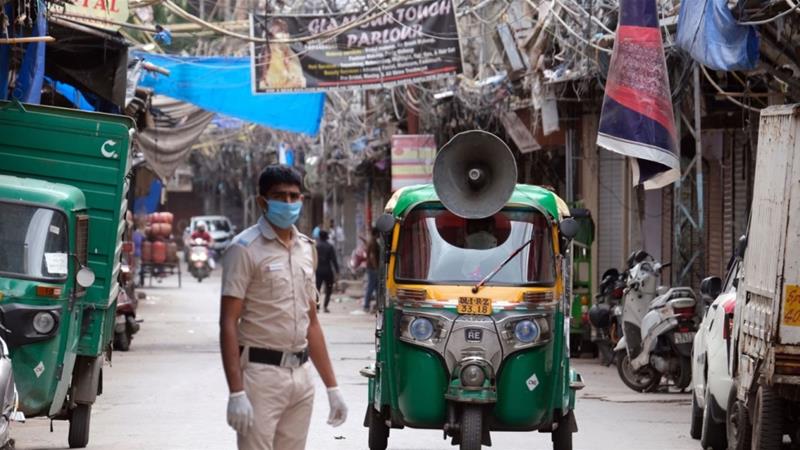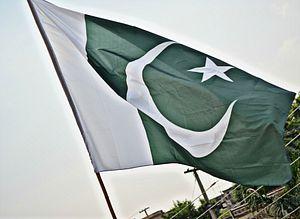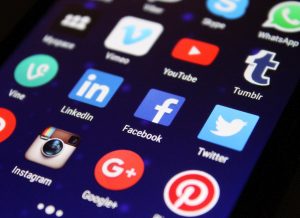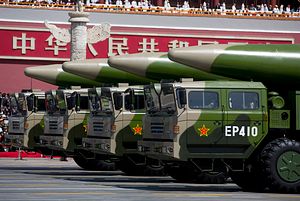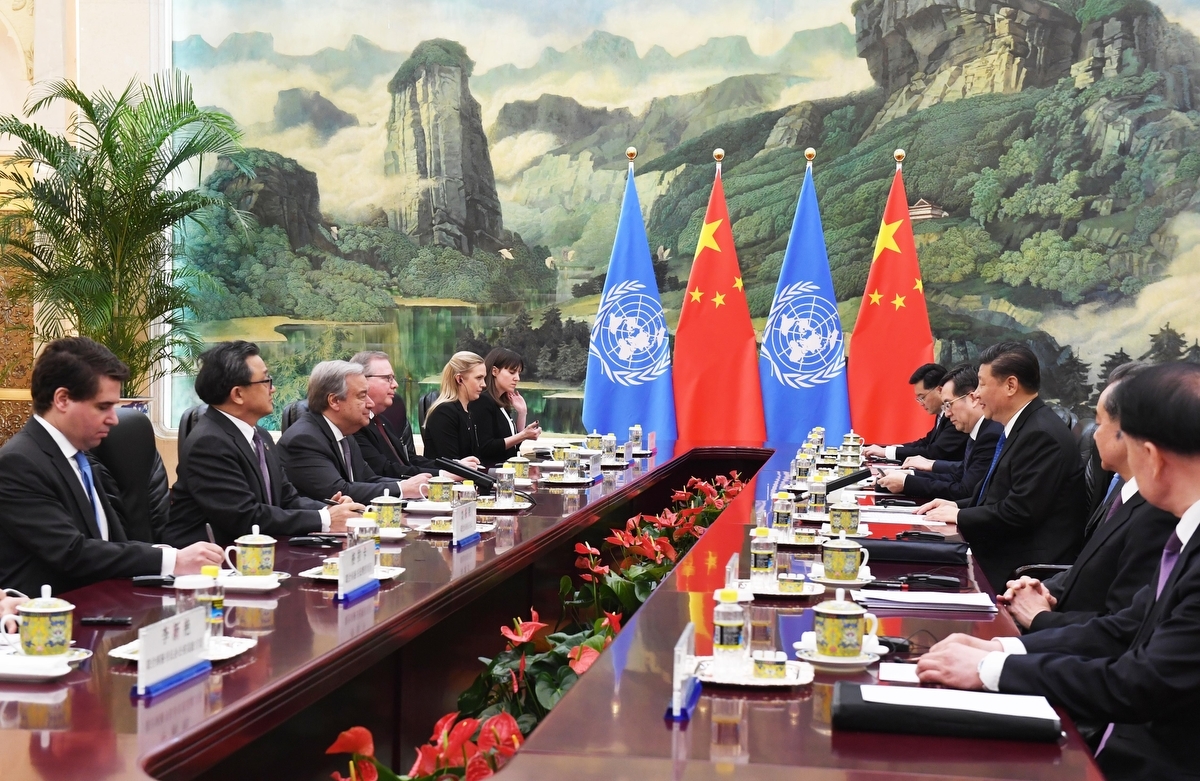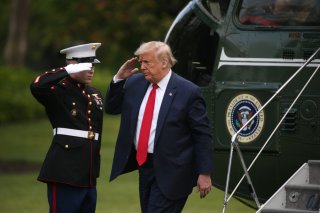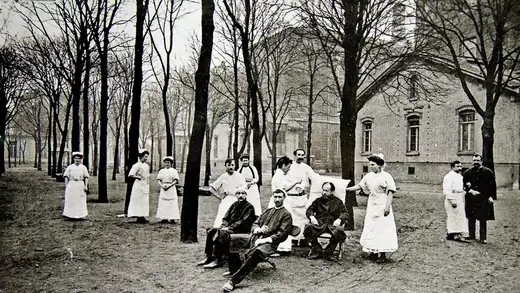Two health advocacy groups have written to the Indian government asking it to rescind patents given to Gilead Sciences for the drug remdesivir so it can be distributed more fairly to coronavirus patients around the world, particularly in poorer nations.
Drug patents in India are an important issue as many countries depend on generic drugmakers to manufacture and sell cheaper versions of critical drugs to them. Gilead's three patents in India for remdesivir stem from 2009, when the drug was in development to treat Ebola.
Remdesivir is the only drug approved to treat COVID-19 after promising early trial results prompted United States regulators to grant emergency use authorisation on May 2.
To expand its access, Gilead said this week that it had signed nonexclusive licensing pacts with five generic drugmakers based in India and Pakistan, allowing them to make and sell remdesivir for 127 countries.
But health access groups say the pacts mean cheaper forms of the drug may not become available in nations seen as nonprofitable to the five drugmakers.
